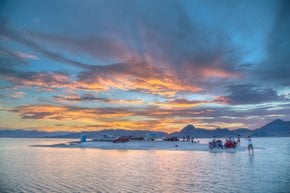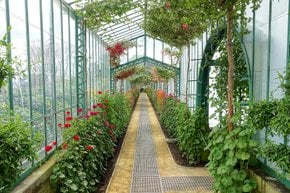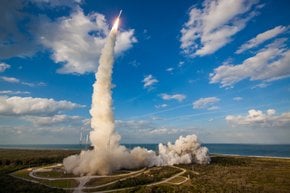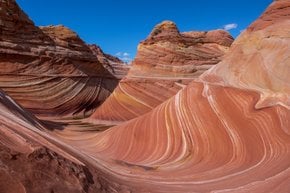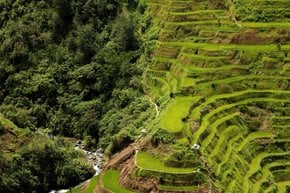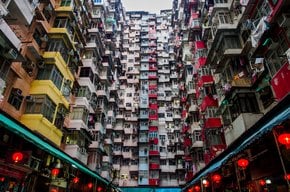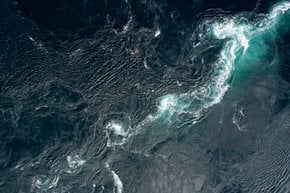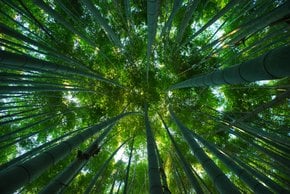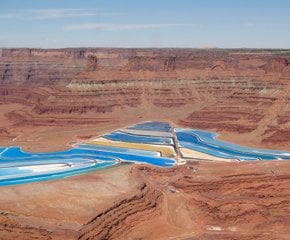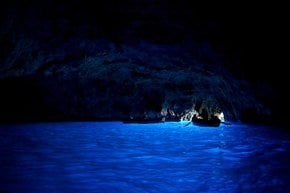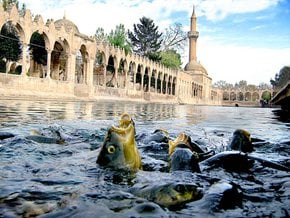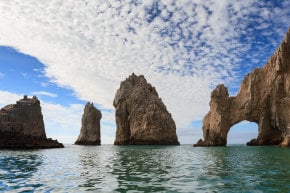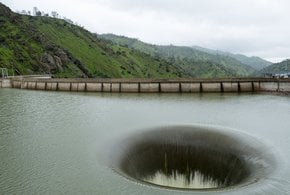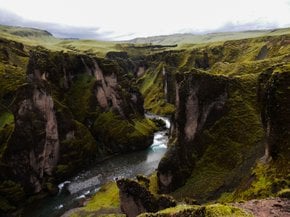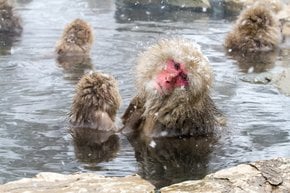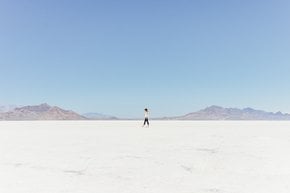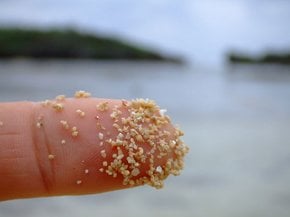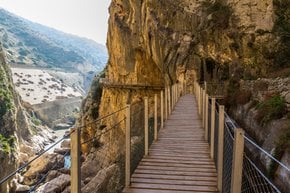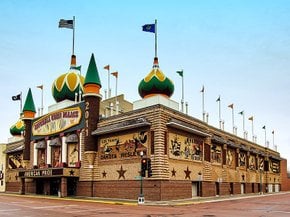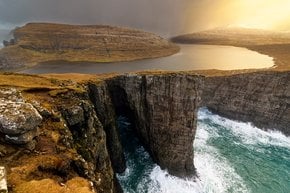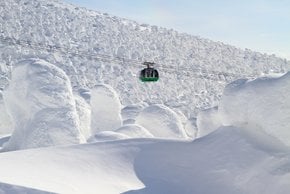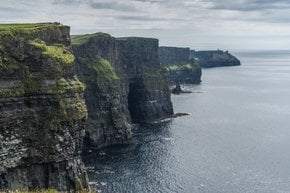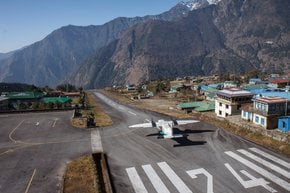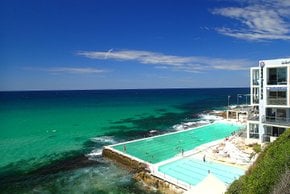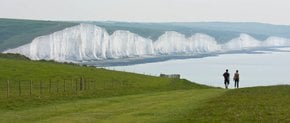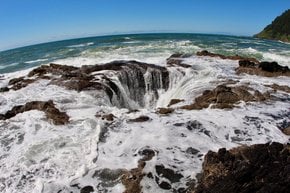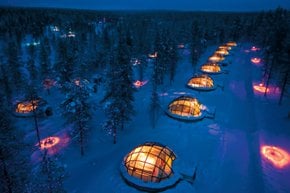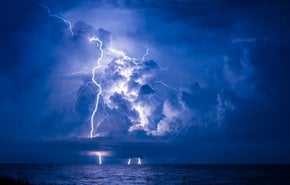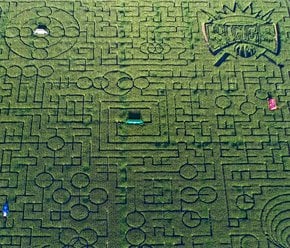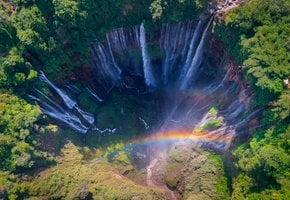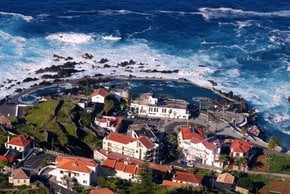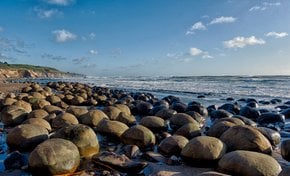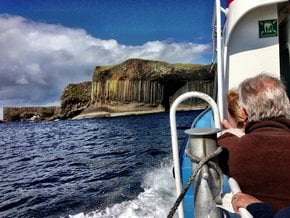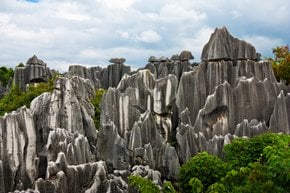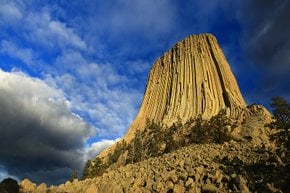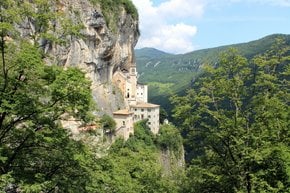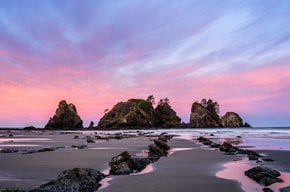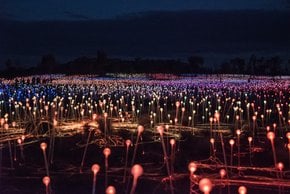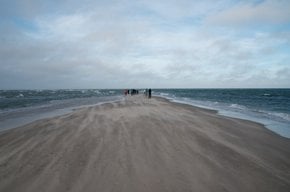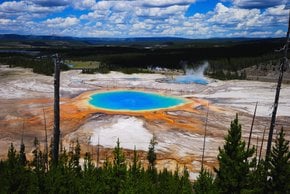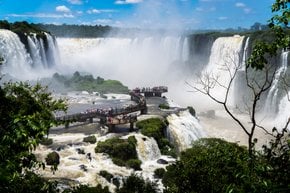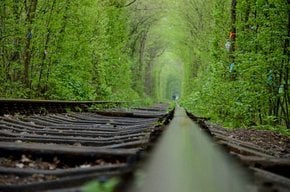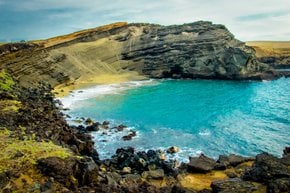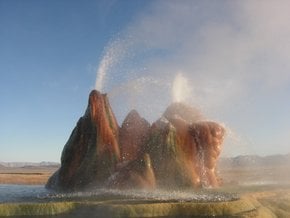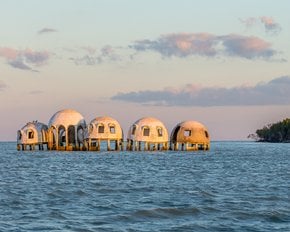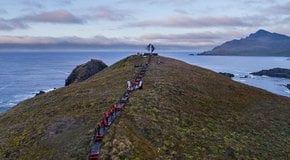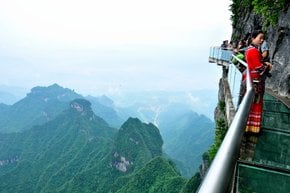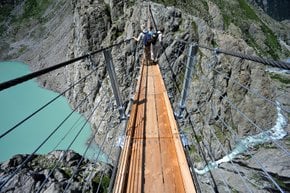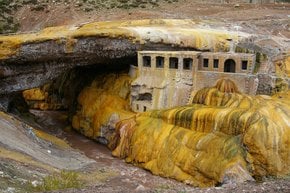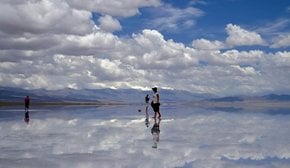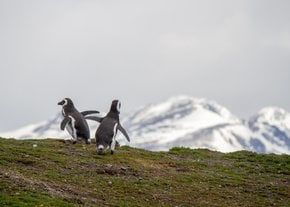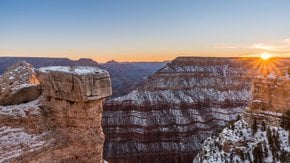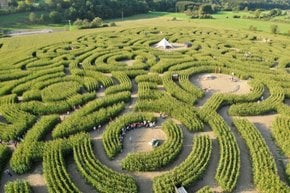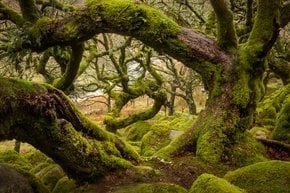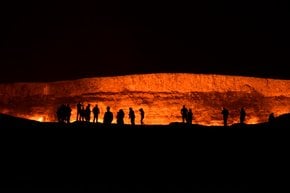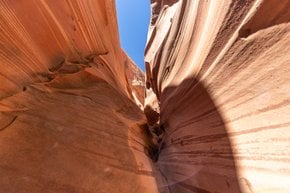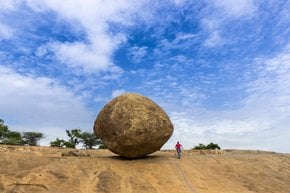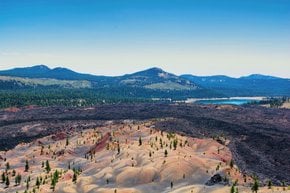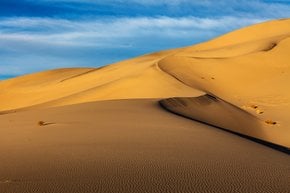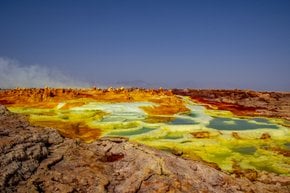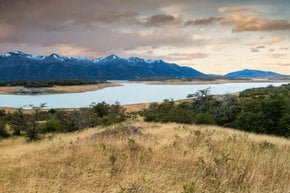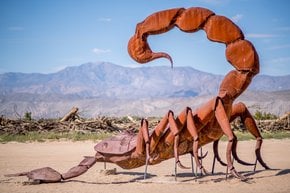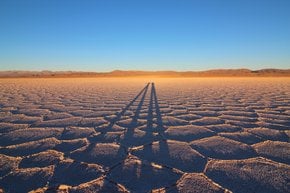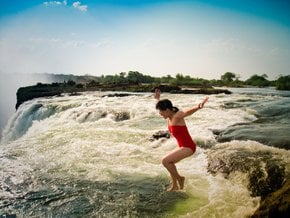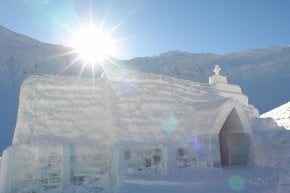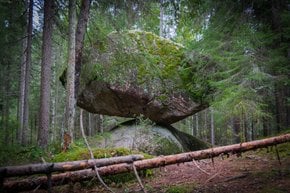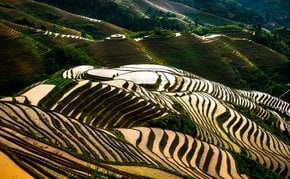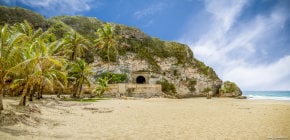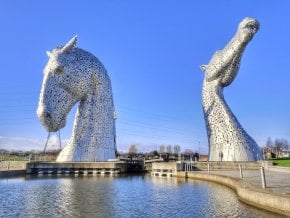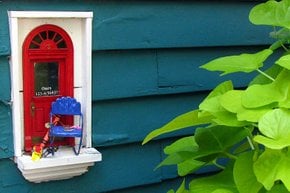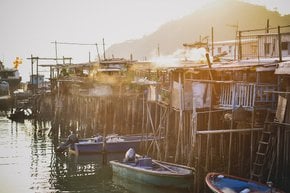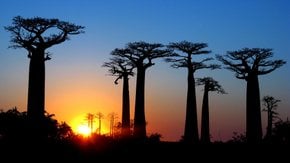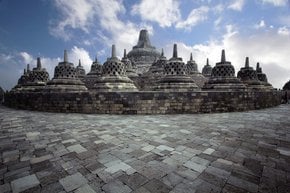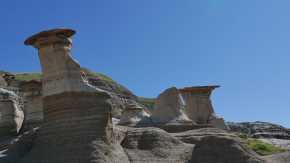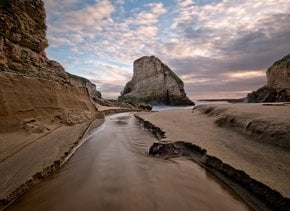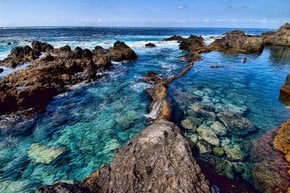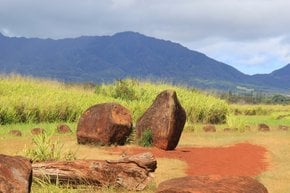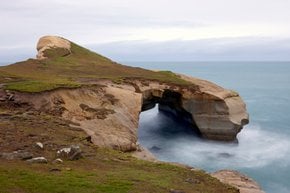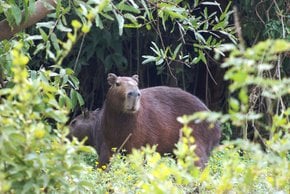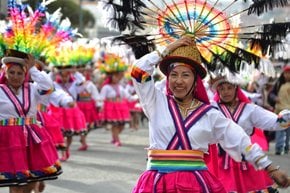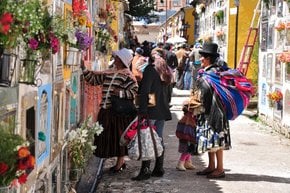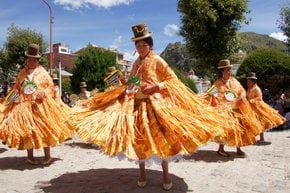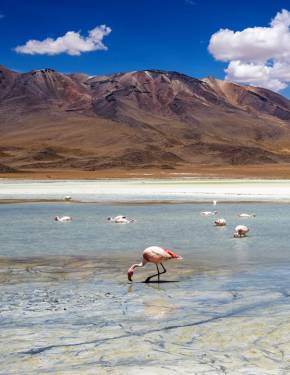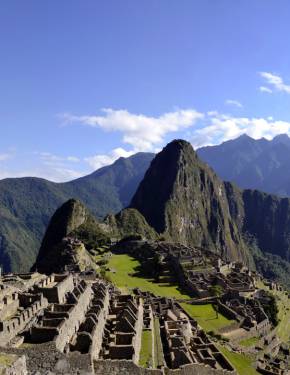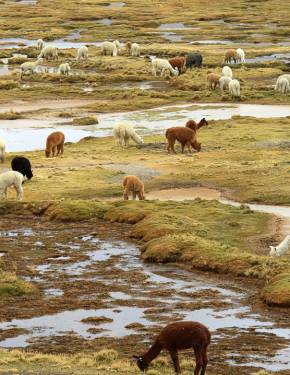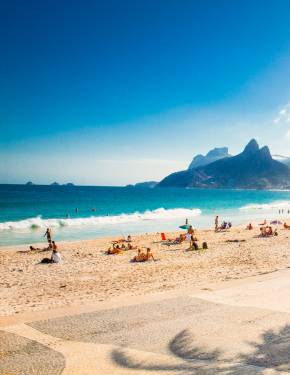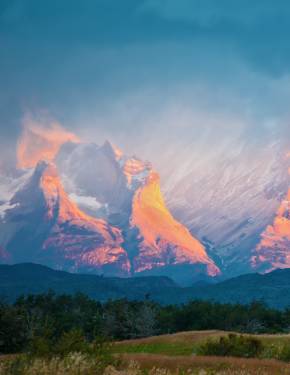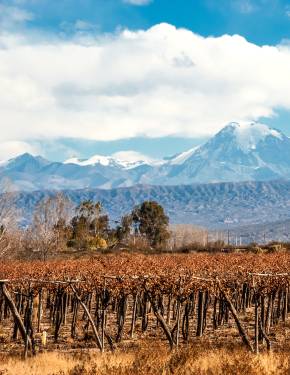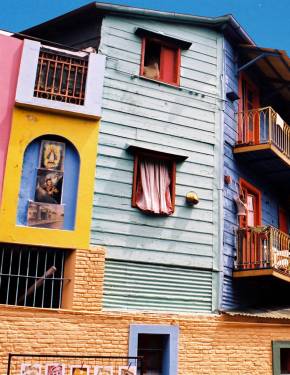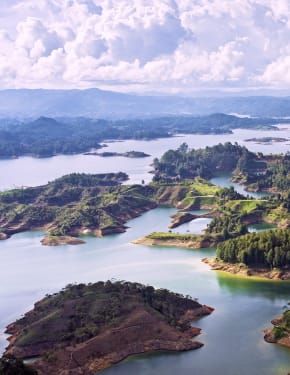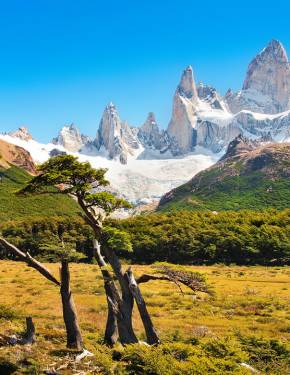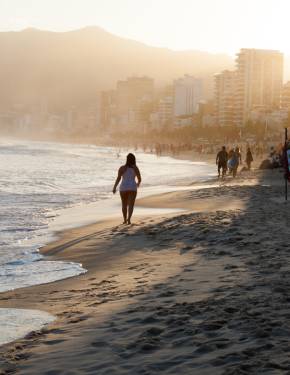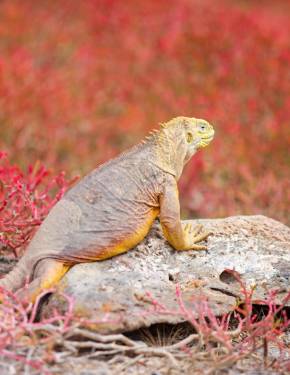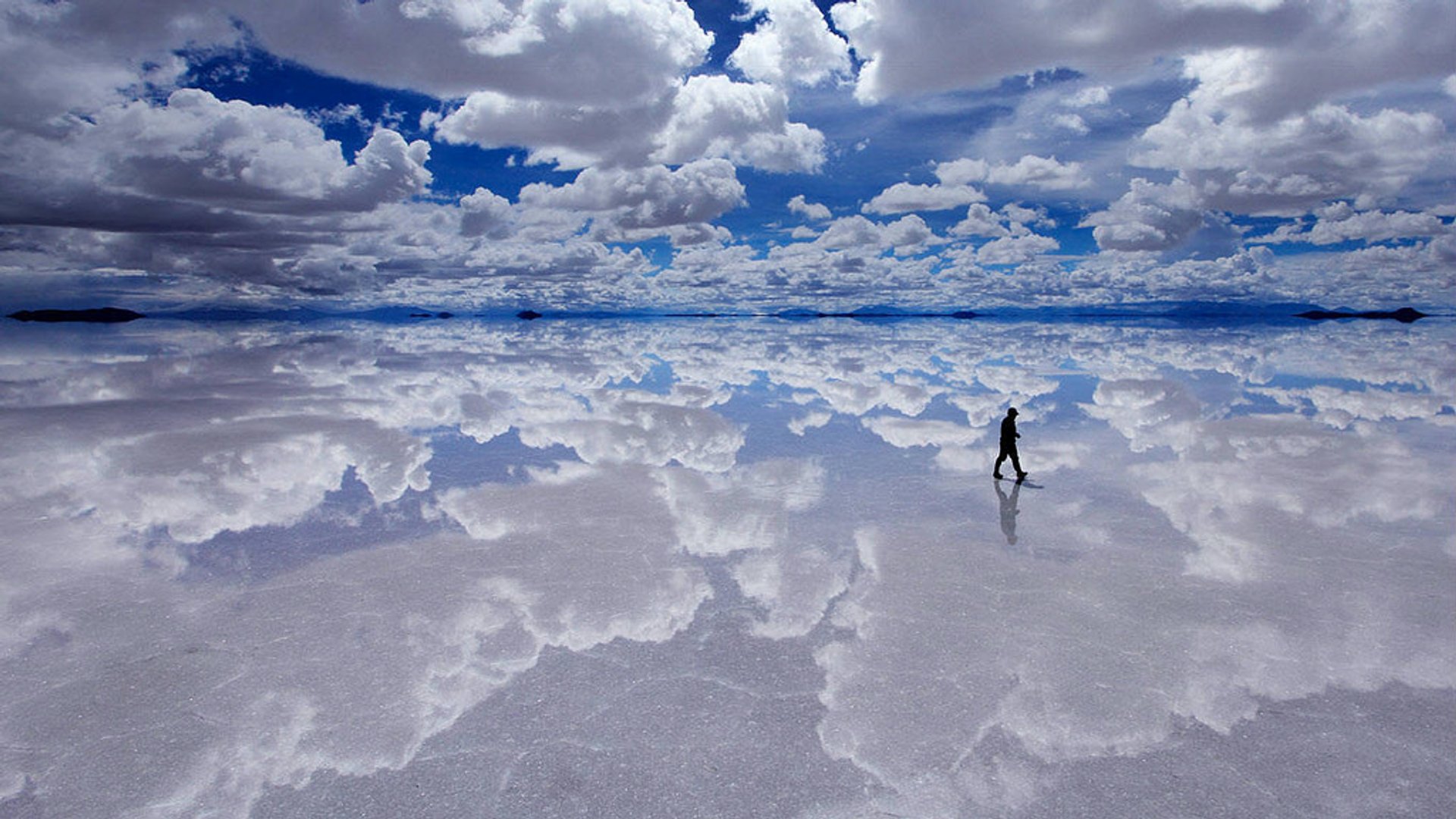




As a layer of pure water covers Salar de Uyuni, something unbelievable happens to the world's largest salt flat—it turns into world's largest mirror reflecting the beautiful Bolivian skies. Many would agree this is the most stunning phenomenon in the world—it looks like you are actually in the sky, walking on the clouds, and seeing the same scenery overhead. This natural wonder occurs during the rainy season from November to April, with the best time being at the end of this period. This is a truly unmissable experience indeed.
Practical info
When is the best time to visit Salar de Uyuni in Bolivia to see the mirror effect?
To catch the mirror effect of Salar de Uyuni in Bolivia, it's best to visit between the months of November and April, during Bolivia's rainy season, when the flat salt bed is covered with a thin layer of water and reflects the sky above like a mirror. The optimal time to go is towards the end of the rainy season, when there is less water on the surface, allowing for a clearer and brighter reflection. Show more
Where can I see the world's largest salt flat in Bolivia?
Located in Bolivia, Salar de Uyuni, the largest salt flat in the world, can be found only 365 km from the city of La Paz, managed by small town locals, who provide tours to visitors. The town is a three-hour drive away from the site and can be reached using private transportation for a more comfortable journey, or public transportation via regular buses, which can take a full day or more to arrive. Show more
What are some other attractions to visit in Bolivia besides Salar de Uyuni?
Beyond Salar de Uyuni, Bolivia is an enchanting country, boasting a range of natural reserves and beautiful tourist spots to explore. Visitors can check out Lake Titicaca, an Andean lake with stunning surrounds, the UNESCO World Heritage Site Jesuit Missions of the Chiquitos, and Tiwanaku, an archeological site with ancient city ruins. The country also has numerous natural parks, with one of the largest being Madidi National Park, housing remote forests and diverse animal species. Show more
How can I prepare for the high altitude in Bolivia during my visit?
Those traveling to Bolivia should be mindful of potential discomfort from the high altitude, such as dizziness, headaches, and breathing difficulties. Before traveling to other high-altitude sites, visitors should gradually acclimatize by spending several days in La Paz, which is the world's highest administrative capital. Drinking enough water, eating light carb-rich foods, and avoiding alcohol and cigarettes can help, and visitors may want to consult a doctor before the trip and carry altitude sickness medication just in case. Show more
Which local dishes should I try while visiting Bolivia?
It's no secret that Bolivia is a fantastic place to indulge in hearty and authentic local fare. Visitors can try traditional staples and treats, including meat-filled pastries called Salteñas, Santa Cruz's beloved Huari beer, and savory Silpancho, which consists of flattened and breaded meat. Local favorites also include Llama meat and Saice, a spicy soup with potatoes and beef popular in Cochabamba. Don't forget to also try the country's fascinating native fruits, such as achachairu, Pacay, and Tumbo. Show more

